Liriope muscari
Liriope muscari
1. The products in our compound library are selected from thousands of unique natural products; 2. It has the characteristics of diverse structure, diverse sources and wide coverage of activities; 3. Provide information on the activity of products from major journals, patents and research reports around the world, providing theoretical direction and research basis for further research and screening; 4. Free combination according to the type, source, target and disease of natural product; 5. The compound powder is placed in a covered tube and then discharged into a 10 x 10 cryostat; 6. Transport in ice pack or dry ice pack. Please store it at -20 °C as soon as possible after receiving the product, and use it as soon as possible after opening.
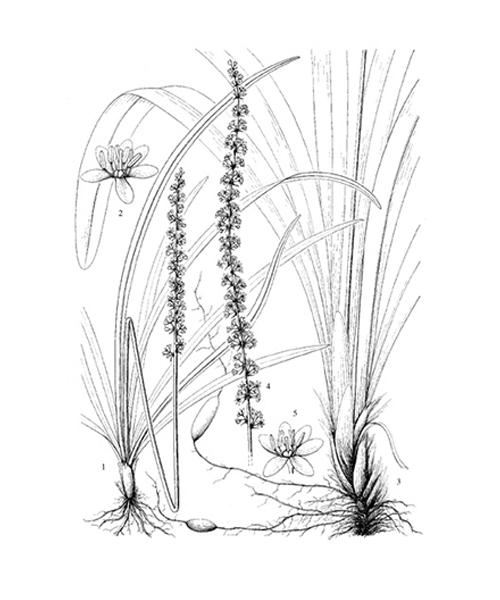
Natural products/compounds from Liriope muscari
- Cat.No. Product Name CAS Number COA
-
BCX0611
OJV-VI125150-67-6
Instructions

-
BCN2817
Liriope muscari baily Saponins130551-41-6
Instructions
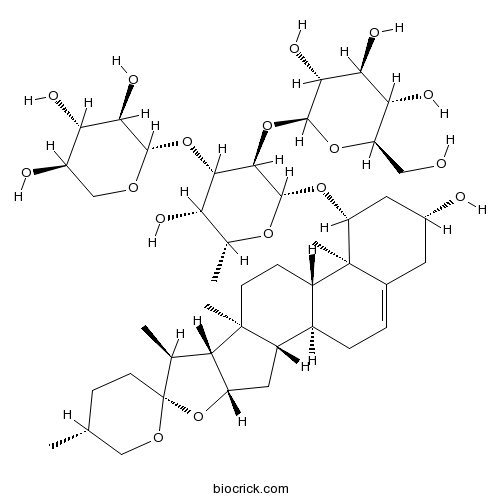
-
BCN5320
N-p-trans-Coumaroyltyramine36417-86-4
Instructions
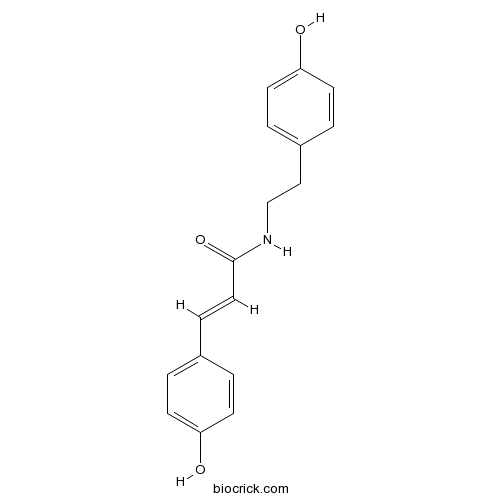
-
BCN6287
Ruscogenin472-11-7
Instructions
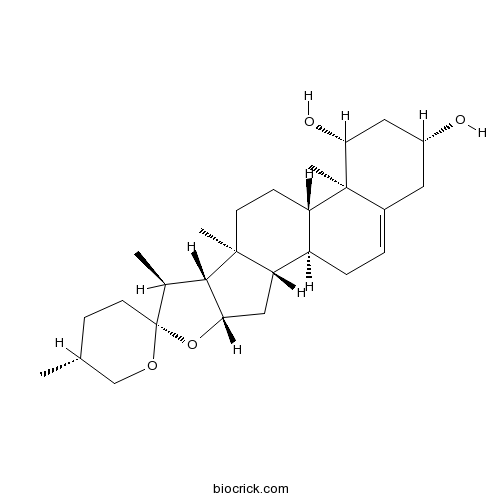
-
BCN6272
Diosgenin512-04-9
Instructions
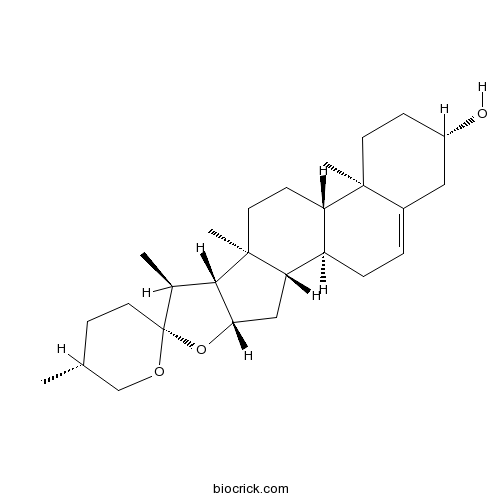
-
BCN4376
Stigmasterol83-48-7
Instructions
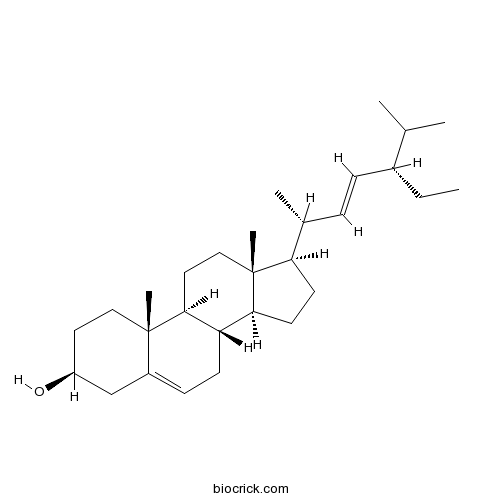
-
BCN2811
Liriopesides B87425-34-1
Instructions

-
BCN7805
(25RS)-Ruscogenin874485-32-2
Instructions
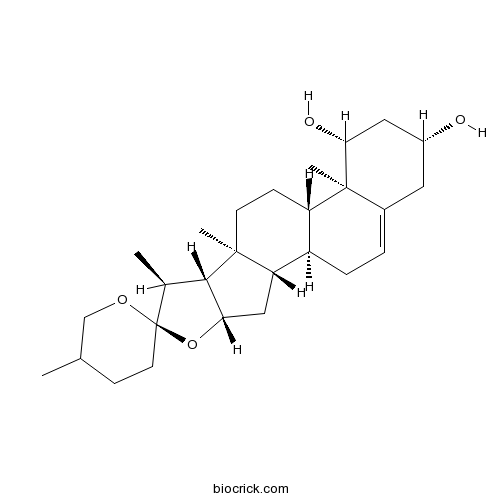
DT-13 ameliorates TNF-α-induced nitric oxide production in the endothelium in vivo and in vitro.[Pubmed: 29162452]
The steroidal saponin DT-13 (25(R,S)-ruscogenin-1-O-[β-d-glucopyranosyl-(1 → 2)][β-d-xylopyranosyl-(1 → 3)]-β-d-fucopyranoside), one of the major active compounds of the herb Liriope muscari (Decne.), exhibits significant anti-inflammatory, anti-tumor and cardioprotective effects. This study aimed to explore the protective effect of DT-13 on endothelium through regulating of nitric oxide production induced by Tumor necrosis factor-α (TNF-α). The results demonstrated that DT-13 inhibited inflammatory cell infiltration and thus played a protective effect on endothelial cells in vivo, as shown by hematoxylin-eosin (H&E) staining and immunohistochemical staining. Enzyme-linked immunosorbent assay (ELISA) results demonstrated that DT-13 could suppress the TNF-α-induced upregulation of reactive oxygen species (ROS), tumor necrosis factor receptor (TNFR), interleukin-8 (IL-8), monocyte chemoattractant protein-1 (MCP-1) and nitric oxide in vivo dose-dependently and suppressed production of nitric oxide in vitro as shown by DAF-FMDA. Western blotting results indicated that DT-13 could down-regulate phosphorylation of endothelial nitric oxide synthase (eNOS) significantly in TNF-α-induced human umbilical vein endothelial cells (HUVECs). Taken together, we speculate that DT-13 inhibits endothelium vascular inflammation through regulating nitric oxide production and the expression of ROS, TNFR, IL-8, MCP-1, which are associated with inflammation.
Structure features and in vitro hypoglycemic activities of polysaccharides from different species of Maidong.[Pubmed: 28732860]
Structures and in vitro hypoglycemic activities of polysaccharides from different species of Maidong were studied. The primary structures of polysaccharides were elucidated on the basis of GC, GC-MS, infrared, NMR and periodate oxidation-Smith degradation. Liriope spicata polysaccharide (LSP), Ophiopogon japonicus polysaccharide (OJP) and Liriope muscari polysaccharide (LMP) were composed of β-fructose and α-glucose. The average molecular weights of LSP, OJP and LMP were 4742, 4925 and 4138Da with polydispersity indexes of 1.1, 1.2 and 1.1, respectively. The backbones of polysaccharides were formed by Fruf-(2→, →2)-Fruf-(6→, →6)-Glcp-(1→ and →1, 2)-Fruf-(6→ with a molar ratio of 5.0:18.2:1.0:5.3 (LSP), 6.8:15.8:1.0:5.8 (OJP), 8.3:12.3:1.0:3.9 (LMP), respectively. The RT-PCR and western blot analysis indicated that LSP, LMP and OJP increased the expression of PI3K, AKT, InsR, PPARγ and decreased the expression of PTP1B in mRNA level and protein level in IR HepG2 cells. Furthermore, glucose consumption was increased after treated with polysaccharides. These results revealed that LSP, OJP and LMP had potential anti-diabetic effects.
The saponin D39 blocks dissociation of non-muscular myosin heavy chain IIA from TNF receptor 2, suppressing tissue factor expression and venous thrombosis.[Pubmed: 28547925]
Non-muscular myosin heavy chain IIA (NMMHC IIA) plays a key role in tissue factor expression and venous thrombosis. Natural products might inhibit thrombosis through effects on NMMHC IIA. Here, we have shown that a natural saponin, D39, from Liriope muscari exerted anti-thrombotic activity in vivo, by targeting NMMHC IIA.


